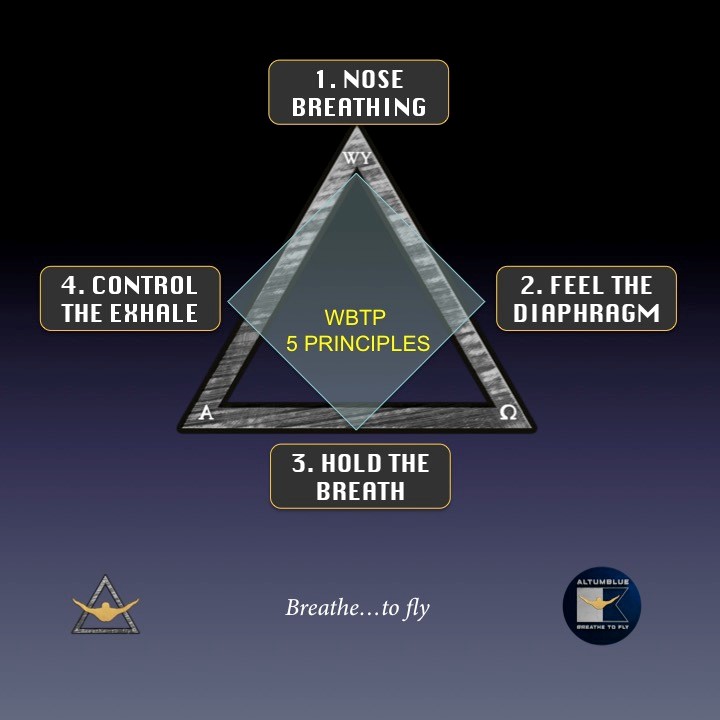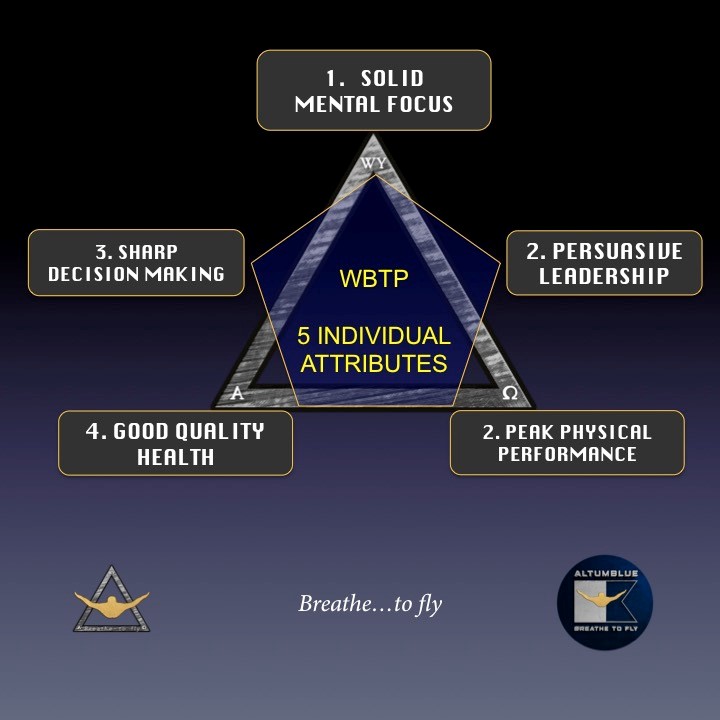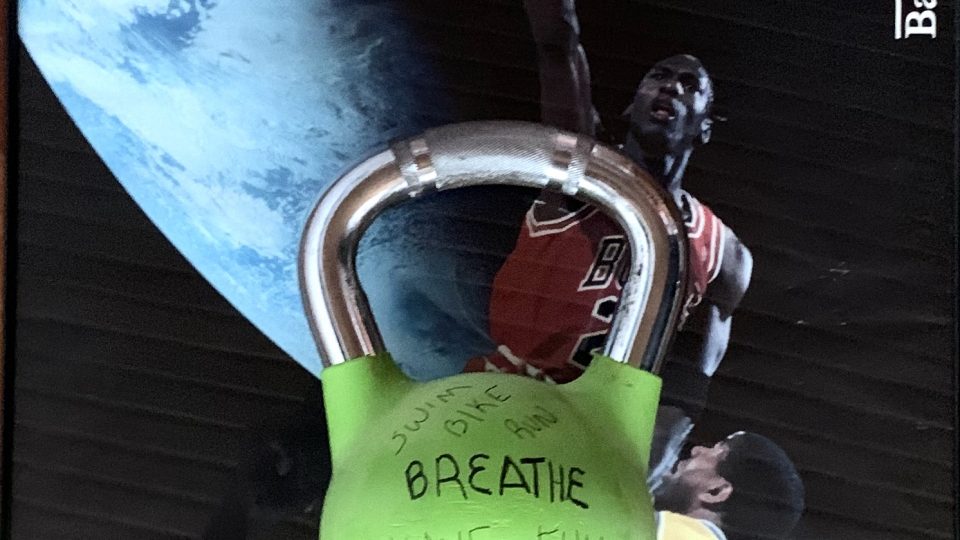The Warrior Breathing Training Program Methodology
The SOF (Special Operations Forces) training approach to breathing.
“The fastest and easiest way to build confidence is through preparation. If a man knows that he’s put in the work and the study and made the sacrifices necessary to be successful at something, he can be confident that he has a huge advantage over those who were not willing to pay such a price. “
-Darrin Donneley, (from the book Think Like a Warrior)-
The warrior Breathing Training Program (WBTP) is a training plan, which preserves the principles of SOF training with a methodological approach focused on specific objectives, defined standards, and a desired end state (effects to be achieved) through 5 categorized breathing zones.
Each breathing workout of the WBTP includes a methodology to be followed that includes:
- Description of the workout
- Training objective
- Execution, specifying the rhythm and the frequency.
- Effects of the practice
- The breathing zone of the workout
Breathing Zones and Characteristics
Depending on the rhythm and the purpose, each breathing workout is categorized in zones (1 to 5).
Zone 1 Slow Breathing Rhythm:
- Less than three breaths per minute.
- 1:2 ratio (inhale 4 / exhale 8 is the average standard).
- Diaphragmatic breathing.
- Nose only, with the exceptions of some exercises that include nose to mouth.
Zone 2 Balanced Breathing
- Rhythm: It´s half the natural rhythm but keeps the volume up.
- The breathing is slow but deep.
- The volume is approximately 4 to 6 liters per minute.
- Nose only breathing. Is important to focus in diaphragmatic breathing.
Most of the training workouts of the WBTP are done in zone 2. The diaphragm contracts down in the inhale and relaxes in the exhale. During diaphragmatic breathing the muscle of the diaphragm is innervated by the vagus nerve, so it is toned and stimulated.
Zone 2 workouts emphasize rest and digest response toning the nervous system. This type of practices can be done at any time of the day, always good to practice before meals and before bedtime.
Zone 3 Fast Breathing Rhythm:
- 30 or more breaths per minute.
- Reduces CO2.
- Raises blood PH slightly more alkaline.
- Constricts blood vessels and breathing passageways.
- A slight increase in blood 02, adrenaline, noradrenaline, and cortisol. Stressful type of breathing.
Zone 3 breathing workouts are recommended to do in the morning, or before any physical activity. These workouts activate the sympathetic nervous system.
Zone 4 Strengthening Workouts for the Breathing Muscles
The muscles of the respiratory system can get stronger with specific training. Zone 4 breathing workouts’ primary focus is to strengthen the diaphragm, the intercostal muscles, and the breathing supporting muscles.
Zone 5 Breathing Fitness Test (BFT)
Measuring results is fundamental to know the training is working fine. The WBTP has different BFTs scheduled periodically to evaluate the efficacy of the program. BFT exercises are categorized in zone 5.
WBTP is based on 4 principles:

- Total nasal breathing when inhaling and exhaling, to enhance the natural production of NO. It should be noted there are a few exercises that are the exception to this foundation and in which techniques of inhaling and/or exhaling through the mouth are used.
- Feeling the diaphragm is essential; it is here where the strength of breath with good quality and technique reside.
- Hold your breath.
- Control exhalation and make it longer than inhalation.
The WBTP is now live on Amazon kindle 👇🏼👇🏼👇🏼👇🏼👇🏼
The complementarity of the different approaches to breathing training, namely:
1. Specific workouts used by special operations forces from different countries.
2. Yoga breathing exercises.
3. Freediving training.
4. Exercises proposed by experts in the scientific field.
5. Methodologies applied in the world of sports, especially in triathlon training.
WBTP meets five clearly defined objectives as briefly explained below.
The 5 specific objectives of WBTP:
Automate nasal breathing. Accustom the respiratory system to consciously use only the nose to inhale and breathe. (This concept seems very basic, but poor breathing habits and weak diaphragm make many people breathe through the mouth). Strengthening of the diaphragm. Increase tolerance to CO2, increase the capacity of VO2 max and stimulate the release of EPO. Boost the natural production of NO , nitric oxide, ( Product available in Altumblue store) Induce the relaxation of the organism.
When maintaining a systematic and progressive training program in different pragmatic techniques of breath-holding and movement meditation like the WBTP, we can develop the IR to its full potential. The effect obtained is a positive influence on essential aspects of life, defined in BLW series as the 5 distinctive attributes of the individual. (mental focus, leadership, decision making, health, physical fitness.

